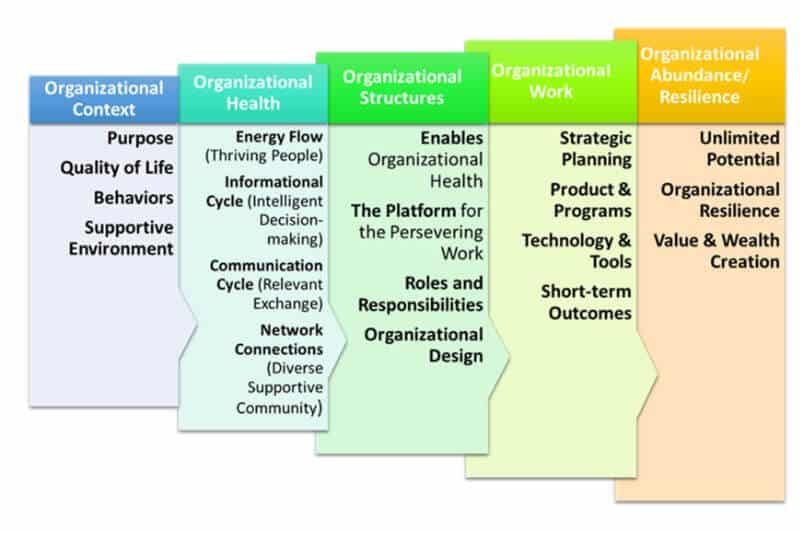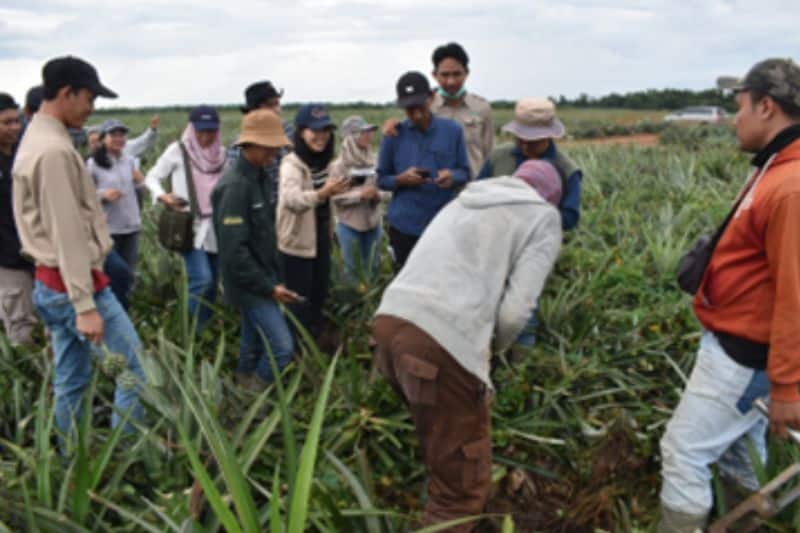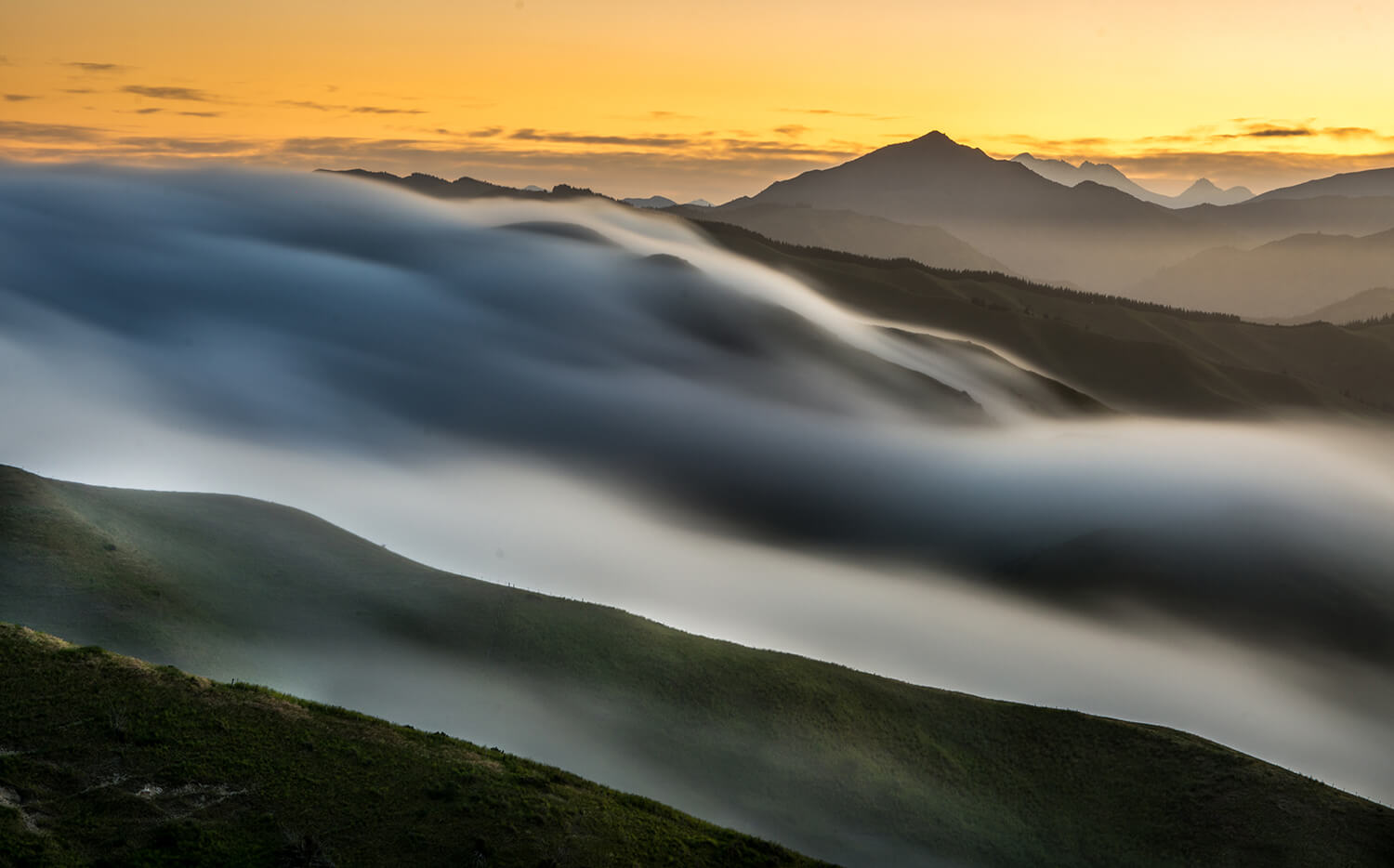This month I spent an amazing week with the Great Giant Foods (GGF) pilot project team in Lampung, Southern Sumatra and feel we are starting to make a difference.
GGF is the brand entity of Gunung Sewu Group, a leading vertically integrated food player that cultivates, manufactures, and delivers fresh processed fruits, juice, meat, and dairy.
The GGF is committed to becoming a regenerative organisation. They have been following a sustainability pathway for a few years but realise they need to shift towards healing the land they produce from rather than maintaining its current state.
This is a significant shift for such a big organisation with multiple enterprises and thousands of employees. Healing the land through regenerative management practices can only occur through people. Everyone in the organisation needs to understand and become part of the shifts in behaviour that are required to become a regenerative organisation. People are the primary impactor on land.

Regenerative Design framework and monitoring
Our goal in the programme was to create a project team whose role is to be the nucleus from which we can grow the understanding of regenerative design and the application of regenerative principles throughout the company.
This group has been through a Foundations of Regenerative Systems course and completed a Design Lab, which we conducted with our partners nRhythm. From this, we have created a Design Framework, which is our planning, management and monitoring guiding document. This is a living document that we review each time we get together to make sure it is current and that all people involved in the project have an opportunity to contribute.
If we fully embrace each organisation as a unique living system, we need a new design approach. We need to observe and learn from the patterns, structures, and processes of living systems and design and manage with these learnings in mind.

Harnessing Ecological Outcome Verification
We moved into the strategy and work phase of the project with a clear understanding of what health looks like for the project and team. This enabled us to make decisions through the health lens as described in our framework, so decisions add to rather than detract from the health of the whole system.
The total area of land involved in this region is approx. 60,000ha. We have identified a catchment area we refer to as CA26 of 2,600ha, which will be part of the pilot project where the principles of regenerative land management will be applied through various practices across this land base.
The outcomes will be monitored through ecological monitoring using Ecological Outcome Verification (EOV). This week we have completed a baseline evaluation across 21 sites. These sites are representative of the diversity present across the land base but also consider the various stages of the pineapple production cycle.

EOV gives an Ecological Health Index (EHI) for the defined land base. It is the trend in the EHI, either positive or negative, which indicates whether the land base is regenerating under management or not. We have completed the baseline evaluation against which future results will be compared. Monitoring is completed on the same sites annually at the same time of year. This exercise has reinforced to me the value of EOV in helping land managers understand the impact of their management and the shifts required to change the outcomes.

The team comprises scientists, production specialists, managers and farmers who have all spent a large part of their lives studying how to grow pineapples and are very good at it. However, by focusing on growing pineapples, they have been more concerned with their ‘part’ of the pineapple production process and were not aware of the wider negative impact this was having on the environment.
Decisions were made in response to need and in ignorance of the root cause; inputs, interventions, costs increase and production continues to drop. This is not unique to this great group of people. We see it in many agricultural systems. This shift from hanging on to what we know and feel safe with into a different paradigm is scary and hard.
This is where I find EOV so powerful. It has a holistic view and demonstrates to the farmer the impact management has on the four ecosystem functions. It’s not punitive or challenging but provides a new frame of reference for what good looks like – helping the farmer with future decision-making.
While bringing in a digger to dig more drains might seem an obvious way to fix water-logged soils which have an ineffective water cycle, this is not dealing with the root cause. EOV helps the farmer recognise that the cause of the problem is the state of the soils which will only be fixed by applying the principles which create conditions for change. We need to fix the problem, not treat the symptoms.

Change in land health can be achieved!
‘People are the biggest impactor on land’. Change in land health can only be achieved through people, which means all people in the organisation.
This is a large organisation which means this is a massive task.
How do the people throughout the organisation feel about this?
What is the state of health of the organisation?
This is where the Organisational Health Index will help us get an understanding of the current state of the organisation and where the opportunities are to allow the shift to a more regenerative state and to continue to monitor progress.
I always feel the best way to understand what is happening on the land is to talk to the farmers. We had a brilliant afternoon with a group of land managers, talking about what they are doing and how they feel this impacts the environment. This led to some great discussions on options for change, where we could apply the principles learned from nature to reduce the negative impact of our farming.
Overall, this was a big week with some great progress. Thanks to the project team for their hospitality and for putting up with my constant challenges. I think they enjoyed it.
If you want to take the first step on your regenerative journey to health, contact us today to learn how we can help you transition to a regenerative future.



